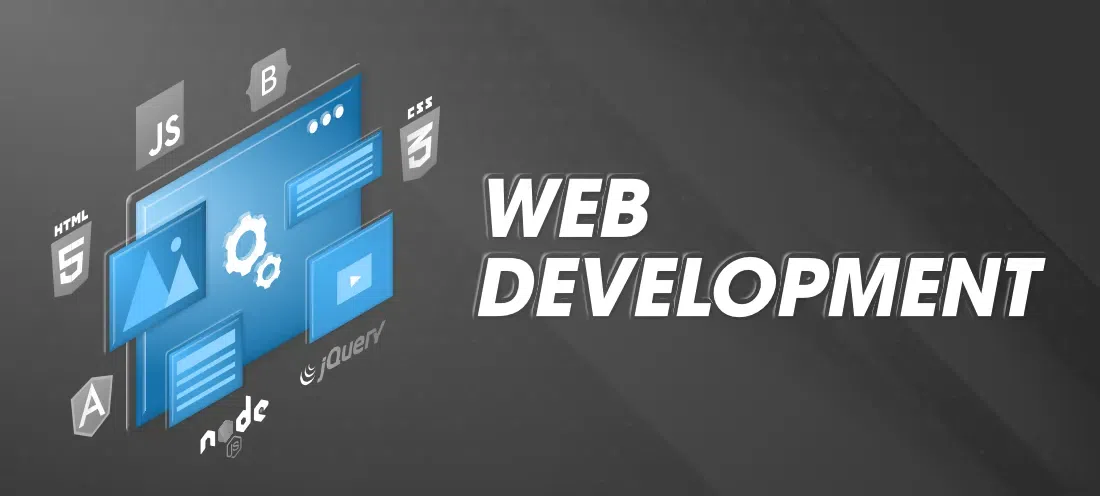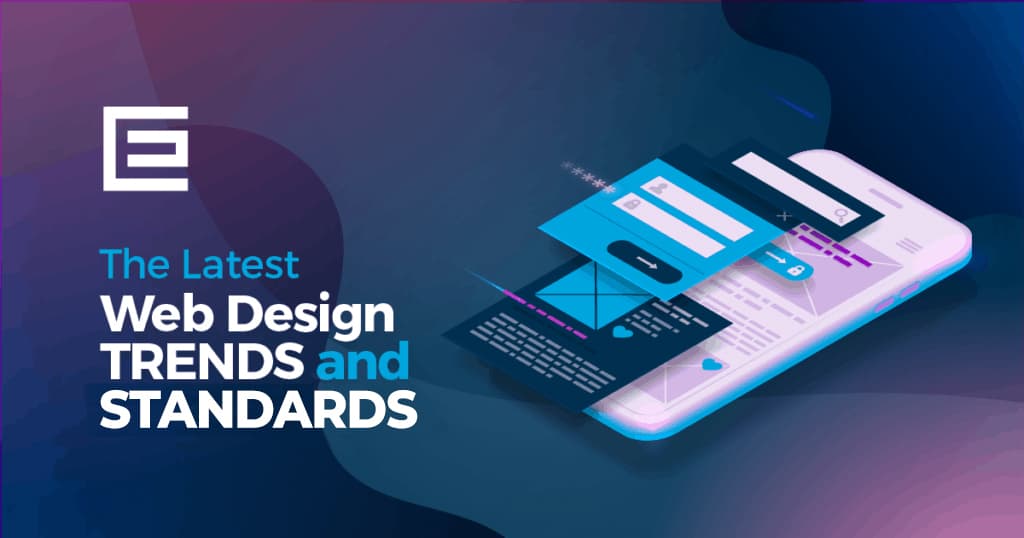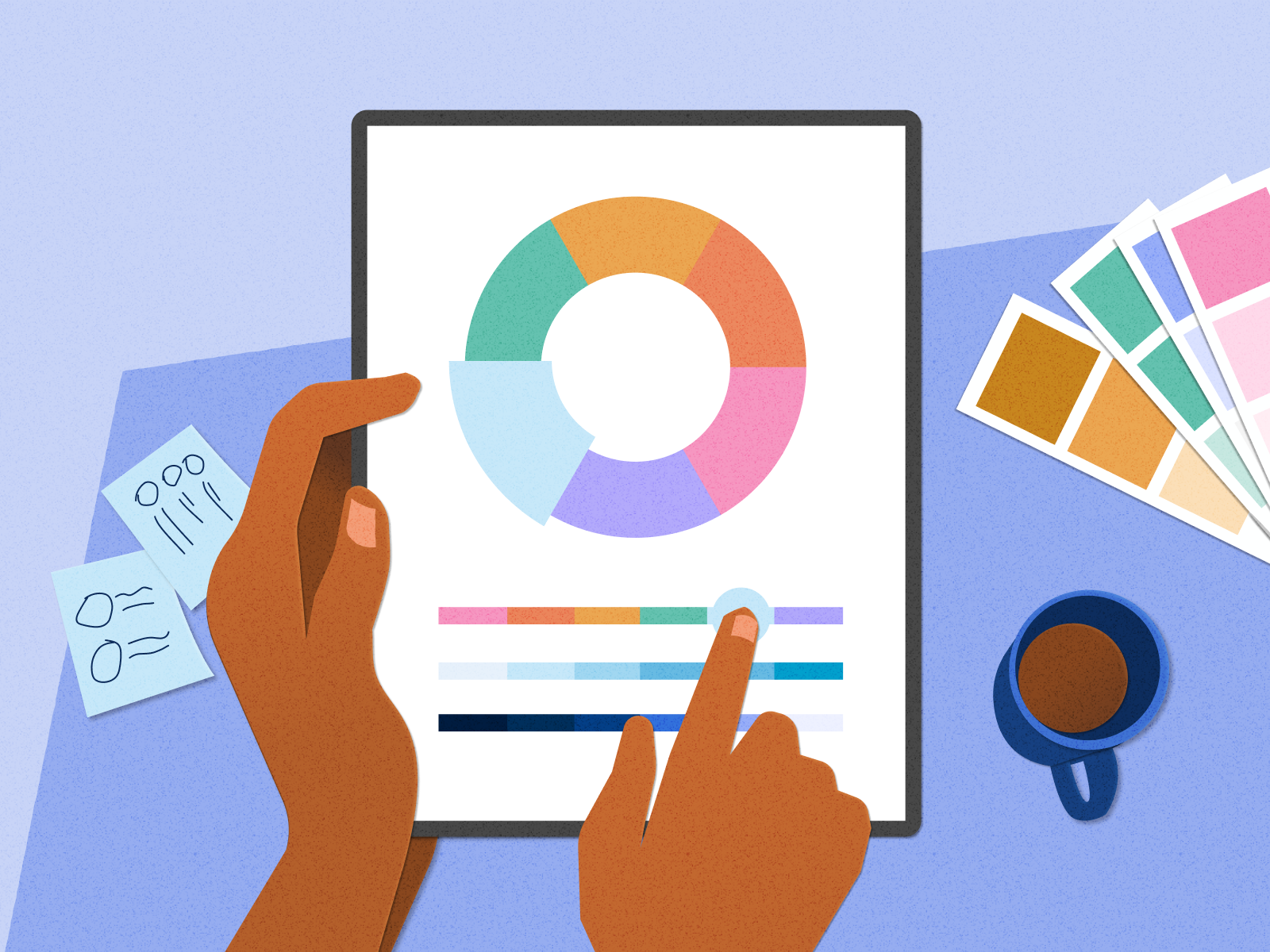Aligned Position Web Design: Comprehensive Web Design Solutions for Small and Large Businesses
Aligned Position Web Design: Comprehensive Web Design Solutions for Small and Large Businesses
Blog Article
The Very Best Sorts Of Web Style to Enhance Individual Experience and Involvement
In the ever-evolving landscape of electronic interaction, the performance of Web layout substantially influences user experience and interaction. Different style techniques, such as minimal, responsive, and interactive layouts, each offer one-of-a-kind advantages that can cater to diverse individual demands.
Minimalist Web Design
As electronic landscapes come to be progressively cluttered, minimal website design has become an effective strategy to enhancing individual experience. This design philosophy prioritizes simpleness, focusing on essential aspects while getting rid of unnecessary disturbances. By making use of adequate white area, simple navigating, and a restricted color palette, minimal layout promotes clarity and guides customer interest to essential material.
The core concept of minimal Web design is to produce a smooth interaction for individuals. By lowering cognitive load, users can promptly realize details without really feeling overwhelmed. This straight method not only boosts use yet additionally encourages interaction, as site visitors are extra likely to explore a site that is simple and aesthetically enticing to browse.
Furthermore, minimal style often highlights typography and images, utilizing these components tactically to share messages efficiently. In significance, minimalist Web design is not simply a fad; it is a thoughtful approach that identifies the relevance of user-centered style.
Responsive Website Design
In today's varied digital environment, responsive website design has come to be necessary for developing a seamless individual experience throughout a multitude of devices. As customers gain access to websites on smartphones, laptop computers, tablets, and desktop computers, the capacity of a web site to adjust its design and material to different display dimensions and resolutions is important.
Receptive website design employs versatile grids, pictures, and CSS media questions to make sure that Web content exists efficiently, no matter the tool used. This strategy not just enhances the aesthetic appeal of a site yet also dramatically boosts use. Users are much more likely to involve with a site that supplies a consistent experience, as it eliminates the disappointment of needing to zoom in or scroll exceedingly.
Furthermore, online search engine, consisting of Google, prioritize mobile-friendly internet sites in search positions. By embracing responsive style, businesses can boost their visibility and get to a broader audience. This technique likewise streamlines site upkeep, as a single variation of the website can satisfy all gadgets, lowering the requirement for several versions. In recap, receptive website design is an essential practice that improves customer experience, interaction, and total complete satisfaction.
Interactive Web Layout
Responsive website design prepares for enhancing individual experience, but interactive Web design takes this a step further by involving customers in a much more vibrant way - Aligned Position Web Design. By incorporating elements such as animations, clickable prototypes, and real-time comments, interactive Web style astounds customers, drawing them into a richer surfing experience
This method not only cultivates involvement but also encourages users to check out material actively as opposed to passively eating it. Methods such as gamification, where individuals gain benefits for completing tasks, can substantially boost the moment spent on a site and boost total complete satisfaction. Interactive attributes can simplify complicated information, making it much more delightful and digestible.

Incorporating interactive layout components can also result in greater conversion rates, as users are extra most likely to engage with a website that proactively involves them. Aligned Position Web Design. Inevitably, interactive Web design changes individual experiences into memorable journeys, ensuring that site visitors return time after time
Apartment Style
Defined by its minimalistic technique, level layout highlights simplicity and performance, removing away unneeded aspects and concentrating on vital features. This layout viewpoint focuses on functionality, making certain that users can navigate user interfaces with simplicity and effectiveness. By employing a clean aesthetic, flat design removes the clutter usually located in more elaborate styles, consequently boosting user emphasis on web content and performance.
The trademark of flat style lies in its use strong shades, basic typography, and geometric shapes. These components add to a visually attractive interface that is both approachable find and contemporary. Furthermore, level style fosters a sense of clearness, enabling individuals to determine essential activities and info without disturbance.
Moreover, flat style is specifically effective in receptive website design, as its simpleness translates well throughout numerous devices and screen sizes. The absence of complex textures and gradients minimizes packing times, which is crucial for maintaining user interaction. As digital landscapes proceed to develop, flat layout continues to be a relevant choice for developing user-friendly web sites that improve total experience. By focusing on essential functions, flat style not only fulfills individual requirements but also encourages seamless interaction, making it a vital part of effective Web design methods.
Adaptive Website Design
Flexible Web layout customizes the individual experience by developing several taken care of layouts tailored to different screen sizes and tools. Unlike responsive design, which fluidly adjusts a single format, flexible design employs distinct layouts for details breakpoints, making sure optimum presentation on numerous platforms. This strategy allows designers to concentrate on the one-of-a-kind characteristics of each tool, enhancing usability by delivering precisely what users need based on their context.
One of the primary benefits of adaptive Web style is its capacity to maximize load times and performance. By offering tailored content and images that fit the individual's device, web sites can decrease information usage and enhance loading rates. This is especially useful for individuals with slower connections or go now limited information strategies.

In addition, adaptive style assists in a more constant and controlled branding experience. Since developers produce multiple formats, they can ensure that the aesthetic elements align with the brand's identity throughout various platforms - Aligned Position Web Design. This leads to a cohesive user experience, boosting interaction and promoting individual retention
Verdict
Minimalist style cultivates quality and emphasis, while receptive style makes sure flexibility throughout different tools, promoting access. Collectively, these layout approaches add to the creation of user-friendly environments that not only improve complete satisfaction however additionally drive higher conversion rates, emphasizing their crucial relevance in contemporary Web style methods.

Minimalist layout cultivates clearness and emphasis, while responsive layout guarantees versatility throughout numerous devices, promoting access. Jointly, these layout comes close to add to the production of straightforward atmospheres that not just enhance satisfaction however additionally drive higher conversion rates, emphasizing their critical relevance in contemporary Web style strategies.
Report this page